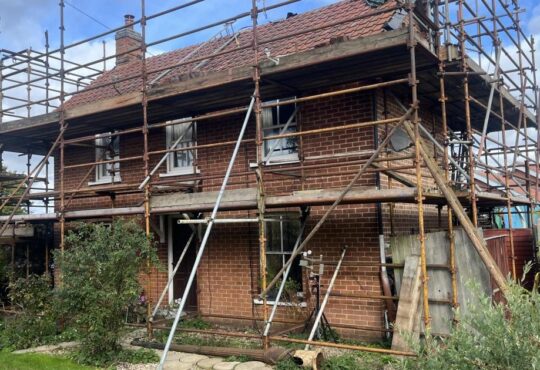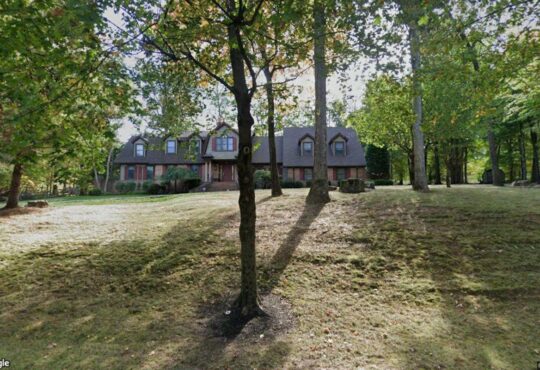
Resale house prices are slipping in more than a third of major U.S. housing markets, a new report has found.
Why It Matters
Figures from John Burns Research & Consulting show that prices fell in June predominately across the South in populous states like Florida and Texas, as well as in California and Colorado in the West.
A combination of rising inventory, slowing job growth, and persistent affordability challenges is eroding the pricing power sellers have held in recent years.
What To Know
Across the U.S, resale price drops have been recorded in 35 percent of markets tracked by John Burns.
Florida has been hit particularly hard, with some of the steepest price drops in the nation. Punta Gorda and Fort Myers each saw values tumble by 7.2 percent in June, while Sarasota recorded a six percent decline. Vero Beach fell by 3.6 percent, Daytona Beach by just over three percent, and Naples by 2.9 percent.
Palm Bay and Jacksonville both dropped by 2.2 and 2.1 percent respectively, while Pensacola prices slid 2 percent and Tampa fell by 1.9 percent.
California’s housing market, particularly in NoCal, has also experienced some notable drops. Santa Cruz prices fell 2.3 percent, Napa dropped 2.2 percent, the East Bay Area declined by 2 percent, and Stockton slipped 1.9 percent.
Smaller price losses were recorded in Monterey, Sacramento, and Riverside-San Bernardino. According to Zillow, house prices across the entire Golden State have dropped by 1.2 percent over the past year.
Texas, another state that saw rapid price gains in recent years, is also seeing several areas with price drops. Austin led the state’s declines with a 2.2 percent drop, followed by Dallas at 1.5 percent, Killeen at 1.3 percent, Houston at 1.1 percent, and Fort Worth at 0.4 percent. In Arizona, Phoenix fell 1.5 percent and Tucson dropped 1.3 percent, marking some of the sharper decreases outside of Florida and California.
While most of the price drops are concentrated in these three states, there have also been several drops in Colorado, two in Arizona and Washington, and one each in North Carolina, Georgia, and Kansas.
Why Are House Prices Dropping?
Danielle Nguyen, vice president of research at John Burns and co-author of the report, said the downturn is being driven primarily by swelling inventory in many parts of the country, particularly outside the Northeast and Midwest.
“Total inventory, new and resale, is rising… creating more competition in the market,” she told Newsweek. “Today’s homebuyers have more choice than any time in the last several years, which is putting downward pressure on home sales and prices.”
Nguyen points to cooling job growth as another key factor. Many California markets, she said, are seeing flat to slightly negative year-on-year job growth, with high-income sectors, often the driver of for-sale housing demand, experiencing the steepest losses.
Nationally, the U.S. Census Bureau reported that the median home price in the second quarter fell to $410,800, down from $423,100 at the start of the year.
Nguyen said that while “households will continue to purchase due to life stage changes,” affordability constraints remain a barrier for millions of potential buyers. Sellers have so far been reluctant to cut prices, which is slowing transaction volumes and contributing to a buildup of listings in most markets.
“Elevated mortgage rates and high (but cooling) home prices are creating affordability challenges,” she said. “Combine that with economic uncertainty [and] slower job growth, demand is slowing as supply continues to rise.”






